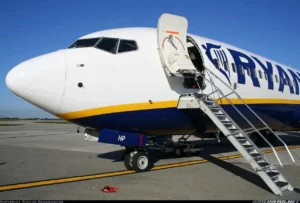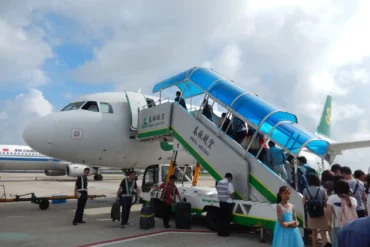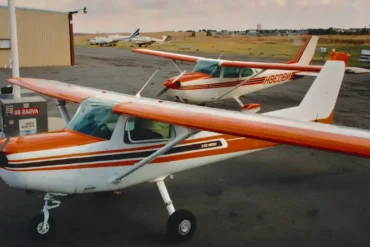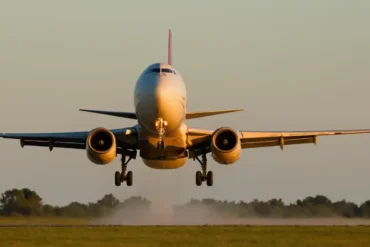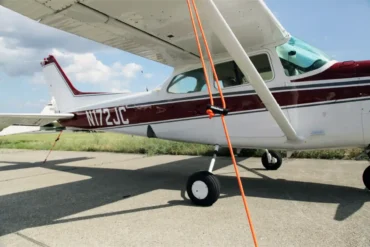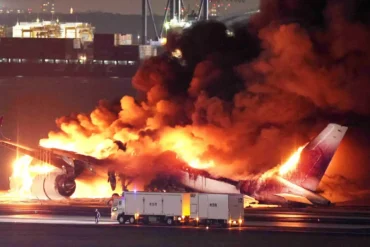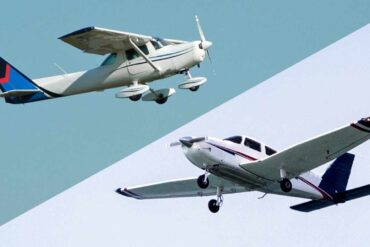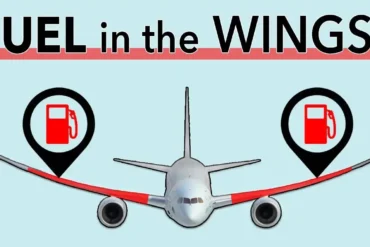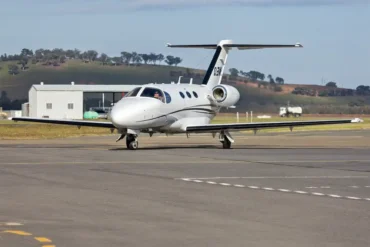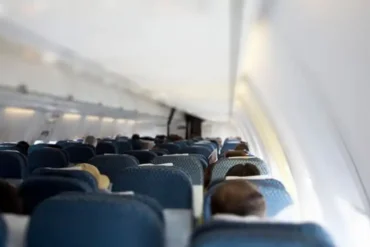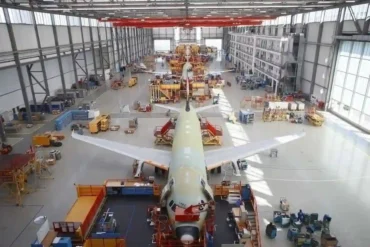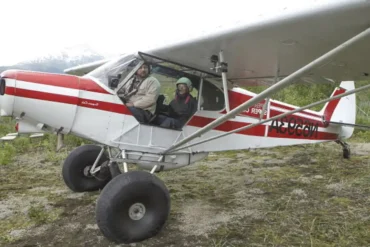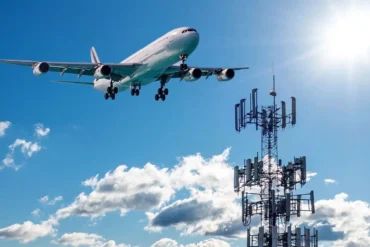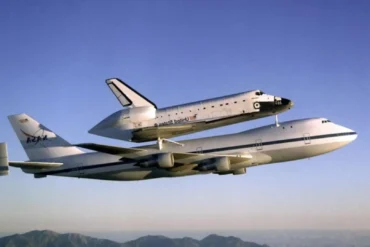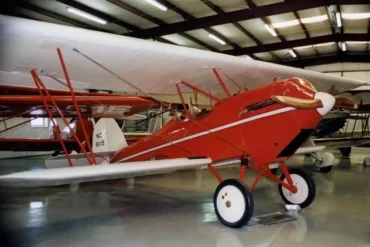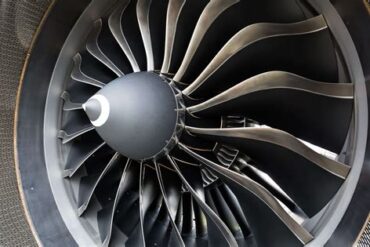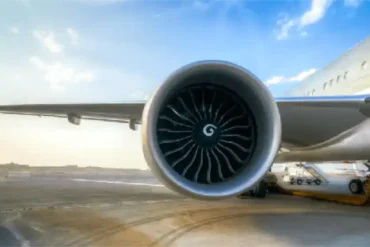Have you ever noticed how you usually board planes through those long, enclosed walkways at big airports? These are called jet bridges, and they’re pretty standard at major international hubs and busy city airports in North America. They’re great because they protect you from the weather and save you from having to trek across the tarmac or wait for shuttle buses. It’s a convenient way to get from the gate right onto the plane.
But here’s the thing: not all airports have these fancy bridges. Smaller regional airports often can’t afford them because they’re quite expensive to install. Some airlines, like the Irish budget carrier Ryanair, actually prefer not to use them. Why? Well, airports charge airlines for using jet bridges, and budget airlines are all about keeping costs down. They’d rather have quick turnarounds to maximize their profits.
Let’s talk about the Boeing 737 for a moment. It’s not very tall, so you only need about 12 steps to get from the ground to the cabin. Boeing gives their 737 customers an interesting option: they can have retractable stairs built into both the front and back of the plane. Ryanair loves this setup because it lets passengers get on and off quickly from both ends, which means they can turn the plane around in less than 30 minutes. With a jet bridge, you can only use the front door, which slows things down.
Now, let’s take a trip back in time. Some of the first planes to have built-in stairs were the Martin 2-0-2, Martin 4-0-4, and modified Douglas DC-3. Back then, airports didn’t have much infrastructure, so almost all small passenger planes had stairs built into the back, under the tail. This included planes like the French Sud Caravelle.
American plane makers caught on to this idea and added similar stairs to their McDonnell Douglas DC-9 and MD-80 series of narrowbody jets. Over in Europe, the British Aircraft Corporation (BAC) designed rear stairs for their BAC One-Eleven. The Boeing 727 was famous for its retractable stairs under the belly, which were perfect for shorter runways and airports without many facilities. As a bonus, the Boeing 727 even had its own power supply and brakes on the front wheel.
These days, most small passenger planes come with built-in stairs. You’ll see them on planes like the Embraer ERJ-145, which is often used for regional flights. Turboprops and private jets usually have stairs that are part of the door and extend down to the ground, or they might have folding stairs that come down from the cabin.
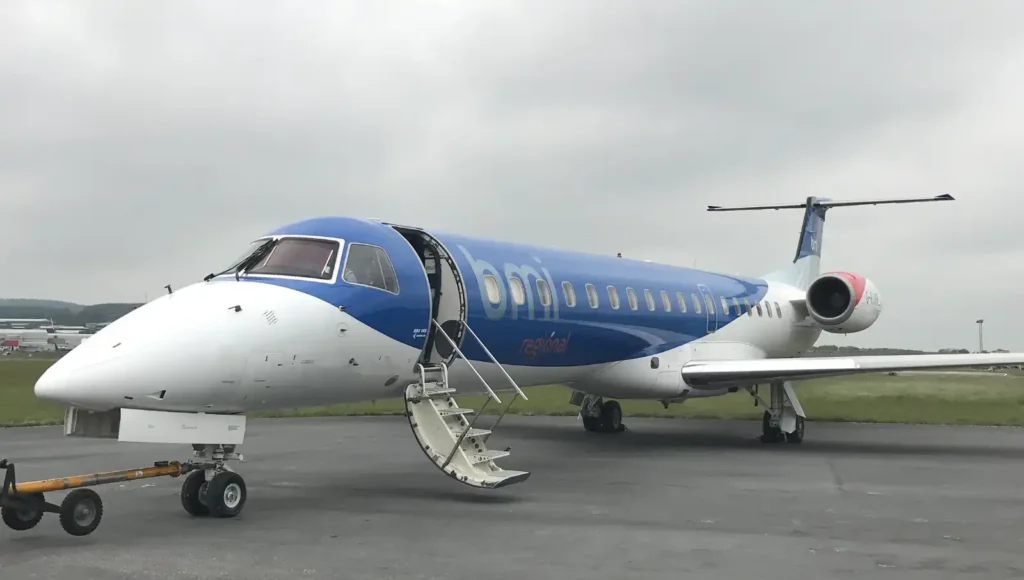
When it comes to big widebody aircraft, built-in stairs are pretty rare. Most of them don’t have airstairs because their doors are much higher off the ground compared to smaller planes. There are a few exceptions, though. The Lockheed L-1011, the Ilyushin Il-86, and Air Force One all have built-in stairs. The Russian Ilyushin Il-86 is particularly interesting because its stairs start from the lower cargo deck.
Here’s how it works on the Ilyushin: When passengers board, they first put their luggage in the cargo hold. Then, they climb a second set of stairs to get to the passenger cabin. Because all the bags are stored below, there’s no need for overhead bins, which makes the cabin feel really spacious. Another plane worth mentioning is the Russian YAK-42. It’s a three-engine plane that can seat 100 to 120 passengers and has rear stairs, similar to the Boeing 727.
Built-in stairs have their pros and cons. They’re great for smaller airports and can help speed up boarding and deplaning. They’re also useful at airports with limited mobile stairs or at rural landing fields. Plus, passengers can get on and off without needing help from ground staff. However, there are some downsides. The stairs can malfunction or get stuck, so they need regular maintenance. They also add weight to the plane, which affects fuel efficiency.
Now, here’s an interesting bit of aviation history that relates to airstairs. The French Army used to use the rear stairs on the Sud Caravelle for parachute jumps. Some people think this might have inspired the infamous bank robber, D.B. Cooper. On November 24, 1971, Cooper hijacked a Northwest Airlines Boeing 727, claiming he had a bomb and demanding $200,000.
The incident was quite serious. In fact, a flight attendant had to undergo two surgeries and spent three days in the hospital after this frightening event. After Cooper got the ransom money, he let the passengers go and told the pilots to refuel for a flight to Mexico City. About half an hour after takeoff, Cooper opened the plane’s rear stairs and jumped out into the night with the money. To this day, no one knows what happened to him. While others have tried to copy his daring escape over the years, all subsequent attempts have been stopped by the authorities.
